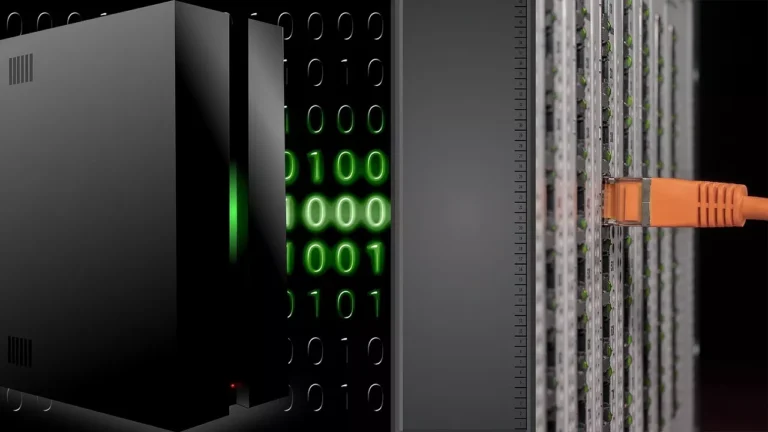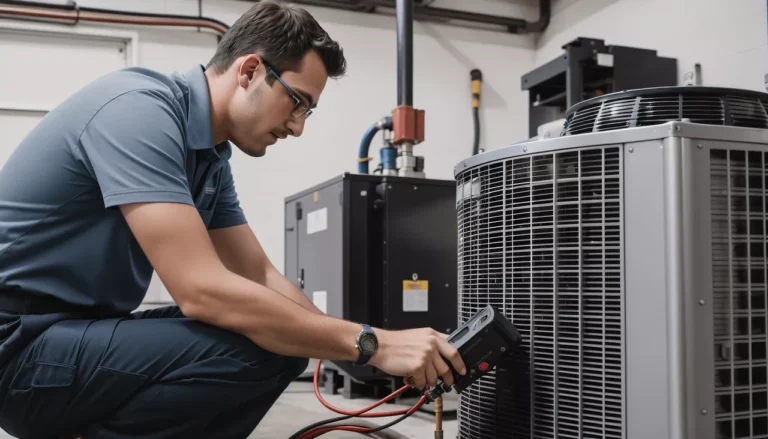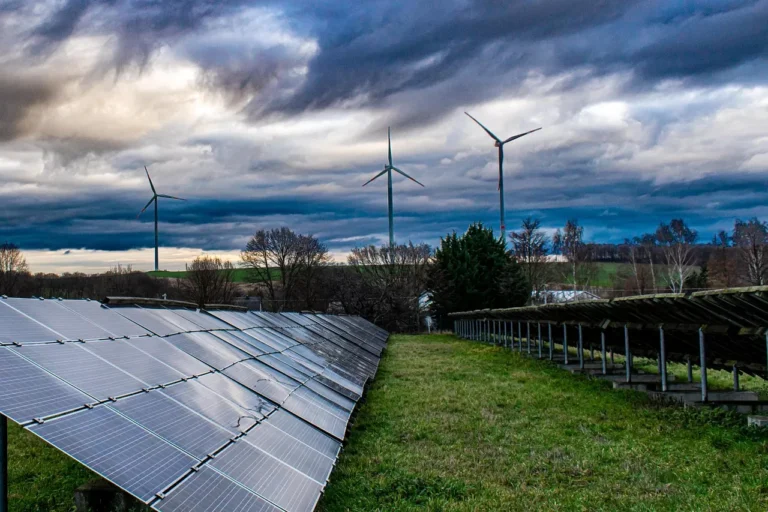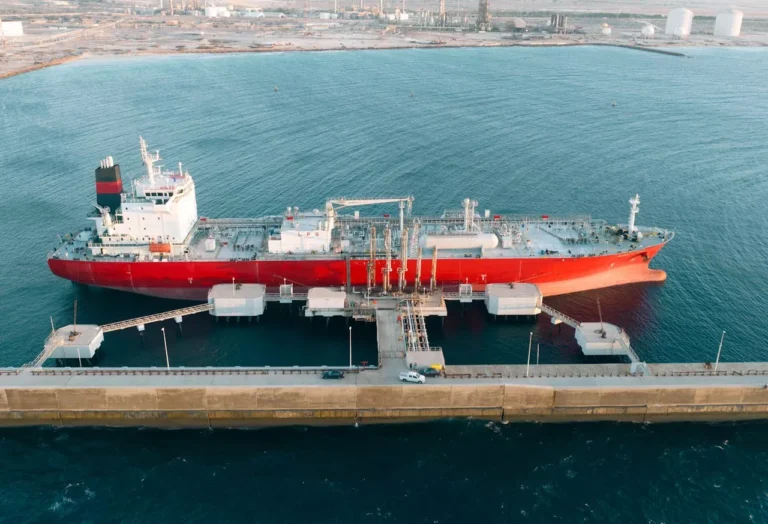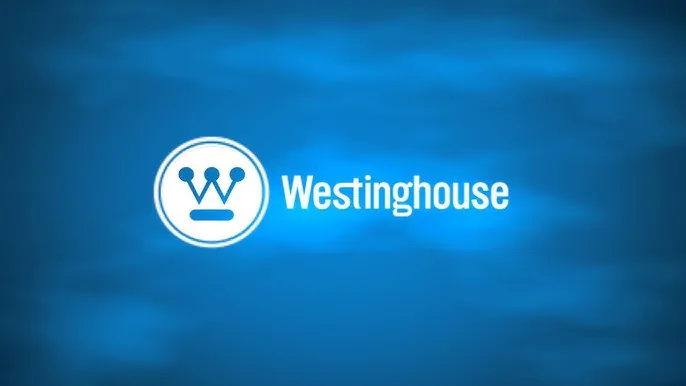
Westinghouse and Fortum Sign Early Works Agreement for AP1000® Nuclear Technology Deployment
Westinghouse Electric Company has entered into an Early Works Agreement (EWA) with Fortum Corporation, a prominent Nordic energy provider, to explore the potential deployment of its advanced AP1000® nuclear reactor technology in the Nordic region. This strategic step supports Fortum’s ambition to develop new nuclear capacity as a long-term energy solution to meet rising electricity demand and ensure energy security in Finland and neighboring countries.
The agreement also includes collaboration with Hyundai Engineering & Construction Company (HDEC), a globally recognized engineering, procurement, and construction (EPC) firm with extensive experience in nuclear power plant development. The EWA signals the beginning of a structured process involving early-stage project planning, site assessments, licensing support, and pre-permitting activities for Fortum’s potential nuclear expansion.
Background and Context
Fortum’s decision to move forward with Westinghouse’s AP1000® reactor follows a comprehensive two-year feasibility study. The study evaluated multiple nuclear technologies and project implementation scenarios to determine the most suitable options for expanding Fortum’s generation portfolio. Ultimately, the AP1000 was selected for its advanced safety features, successful global track record, and scalability for the Nordic grid.
The AP1000 is a Generation III+ pressurized water reactor design that stands out due to its passive safety systems, simplified design, and efficient modular construction process. These design elements contribute to reduced construction times, lower operational costs, and enhanced operational reliability — key factors that align well with the Nordic region’s high standards for energy resilience, safety, and sustainability.
Agreement Scope and Objectives
The Early Works Agreement is designed to lay the groundwork for a future full-scale project. Under this agreement, the parties will focus on several core activities:
- Preliminary Project Planning: This includes technical assessments, high-level cost evaluations, scheduling projections, and logistics planning.
- Site Evaluation: Analysis of potential sites for new nuclear reactors in Finland and possibly other Nordic countries, considering environmental, seismic, and logistical suitability.
- Licensing and Permitting Support: The partners will engage with Finnish nuclear regulatory authorities to ensure compliance with national standards and EU regulations. This includes the continuation of a pre-licensing dialogue, required impact assessments, and safety case development.
- Stakeholder Engagement: In preparation for eventual project launch, Westinghouse, Fortum, and HDEC will work with local communities, government agencies, and environmental groups to foster public trust and ensure transparent project development.
This early engagement strategy allows Fortum to maintain momentum in nuclear planning while reducing risk and uncertainty during future phases of deployment.
Strategic and Economic Significance
According to Elias Gedeon, Senior Vice President of Westinghouse Energy Systems, this agreement represents a significant advancement for the nuclear sector in the Nordics. “With the AP1000 reactor, Fortum is advancing the world’s most proven Gen III+ technology that is setting operational and performance records around the globe,” said Gedeon. “Not only will this AP1000 project provide clean, reliable baseload power to the Nordics, it will also deliver real economic benefits and high-quality jobs for years to come while delivering energy security.”
Fortum’s embrace of the AP1000 reflects a wider regional trend toward diversifying energy sources with low-carbon, dispatchable technologies. The AP1000 is particularly attractive to utilities looking to replace aging fossil fuel plants or diversify intermittent renewable portfolios with stable baseload generation.
Hyundai Engineering & Construction, Westinghouse’s EPC partner for this effort, echoed the long-term value of this cooperation. “HDEC is deeply honored that the journey to bring the proven Gen III+ AP1000 reactor to Fortum is taking shape,” said Young Choi, Executive Vice President of Hyundai E&C New Energy Division. “As a top-tier global EPC company with 55 years of continuous nuclear construction experience working together with Westinghouse, we will build clean energy and sustainable value in Nordics.”
HDEC has been involved in more than 30 nuclear power projects worldwide and brings specialized expertise in managing complex construction logistics in challenging environments—an asset for projects in the Nordic region, which includes areas with extreme weather and limited daylight during winter months.
Global Footprint and Proven Performance of the AP1000
The AP1000 technology is currently the only Generation III+ reactor design with fully passive safety systems and a compact design, resulting in the smallest land footprint per megawatt of electricity produced. It uses gravity, natural circulation, and compressed gas—not electric pumps or diesel generators—to keep the reactor core cool during emergencies, a major safety innovation that has been tested and validated in operational settings.
Currently, six AP1000 units are in commercial operation worldwide. These include four in China (at Sanmen and Haiyang) and two at Plant Vogtle in the United States. All have demonstrated outstanding safety performance, high availability factors, and low operating costs. The reactors in China, for example, have surpassed multiple global benchmarks for capacity factor, operational efficiency, and refueling cycle length.
In addition to the six units now operational, twelve more AP1000 reactors are under construction, and at least six more have been formally contracted. By the end of this decade, at least 18 AP1000-based reactors are expected to be in service globally. Notably, the technology has also been selected for nuclear programs in several European nations including Poland, Bulgaria, and Ukraine. Interest is growing in other countries such as the United Kingdom and Canada, reflecting strong market confidence in the reactor’s performance and adaptability.
The AP1000’s modular construction approach allows for parallel work streams during assembly, meaning parts of the reactor can be fabricated off-site while civil work continues on-site, thereby accelerating the overall project timeline. This approach reduces uncertainty, shortens construction schedules, and improves cost predictability — all key concerns for utilities and governments investing in new nuclear power.
Nordic Nuclear Future
Fortum’s interest in new nuclear is part of a broader resurgence of nuclear energy discussions in Finland and the Nordic region. Amid growing concern about energy reliability, decarbonization goals, and geopolitical energy risks, countries are reevaluating the role of nuclear energy in their future energy mix.
Finland already operates four nuclear reactors, which together provide more than 30% of its electricity. The country recently added the Olkiluoto 3 EPR reactor, one of Europe’s most powerful nuclear units. Fortum, which owns the Loviisa nuclear power plant, is exploring license extensions, new builds, and even small modular reactor (SMR) options as part of its long-term strategy.
The AP1000’s flexible output (from large multi-gigawatt units to more modular configurations) and proven safety credentials make it a compelling option for Finland’s ambitious climate and energy security goals. If Fortum moves forward with full deployment after completing early works, the AP1000 project would mark a major milestone in the country’s energy transformation journey.






